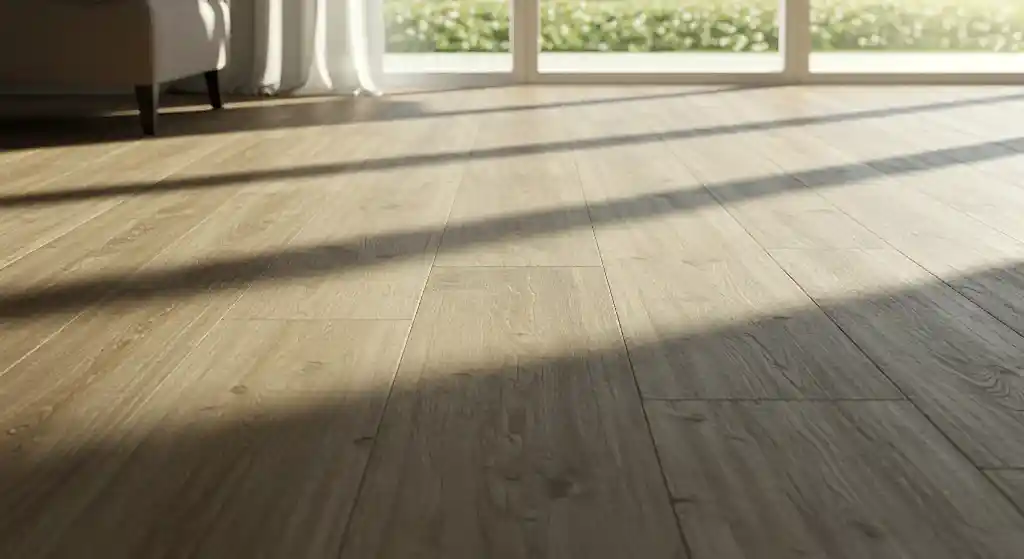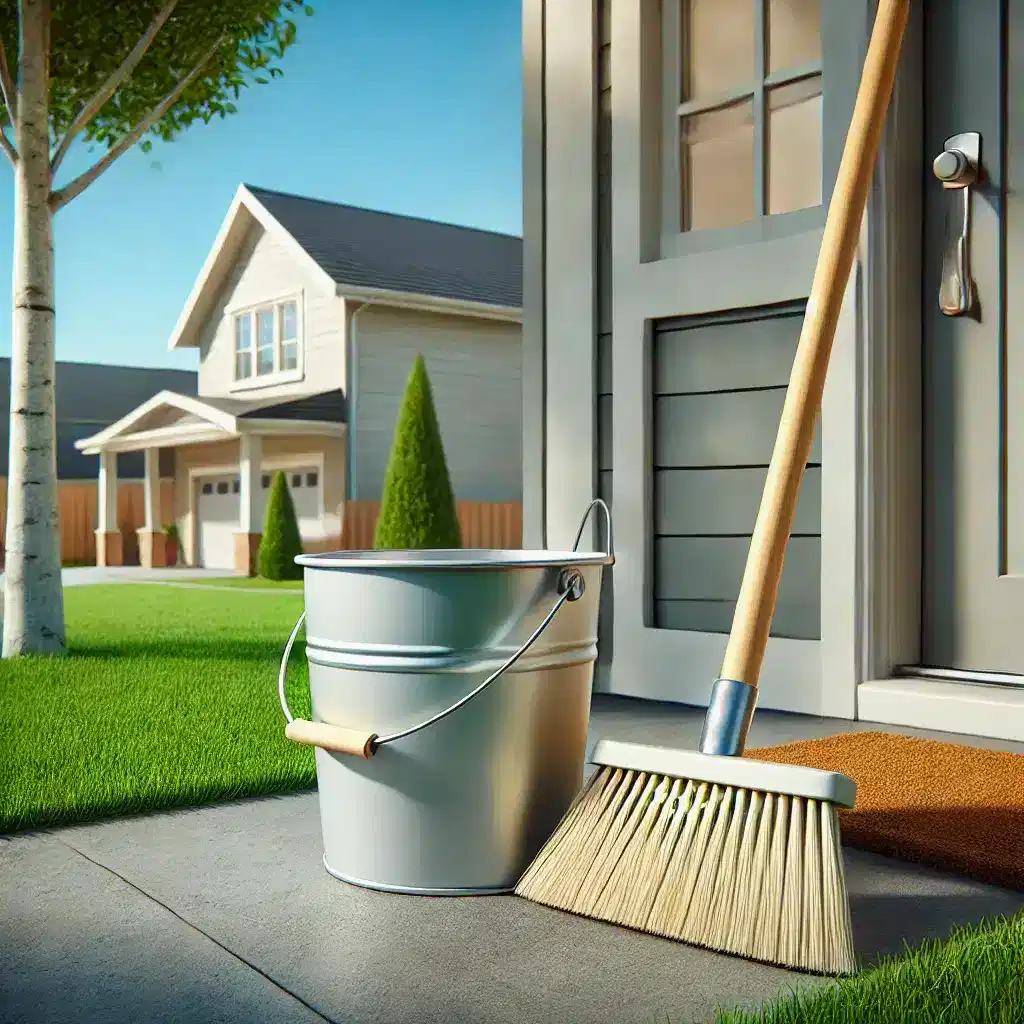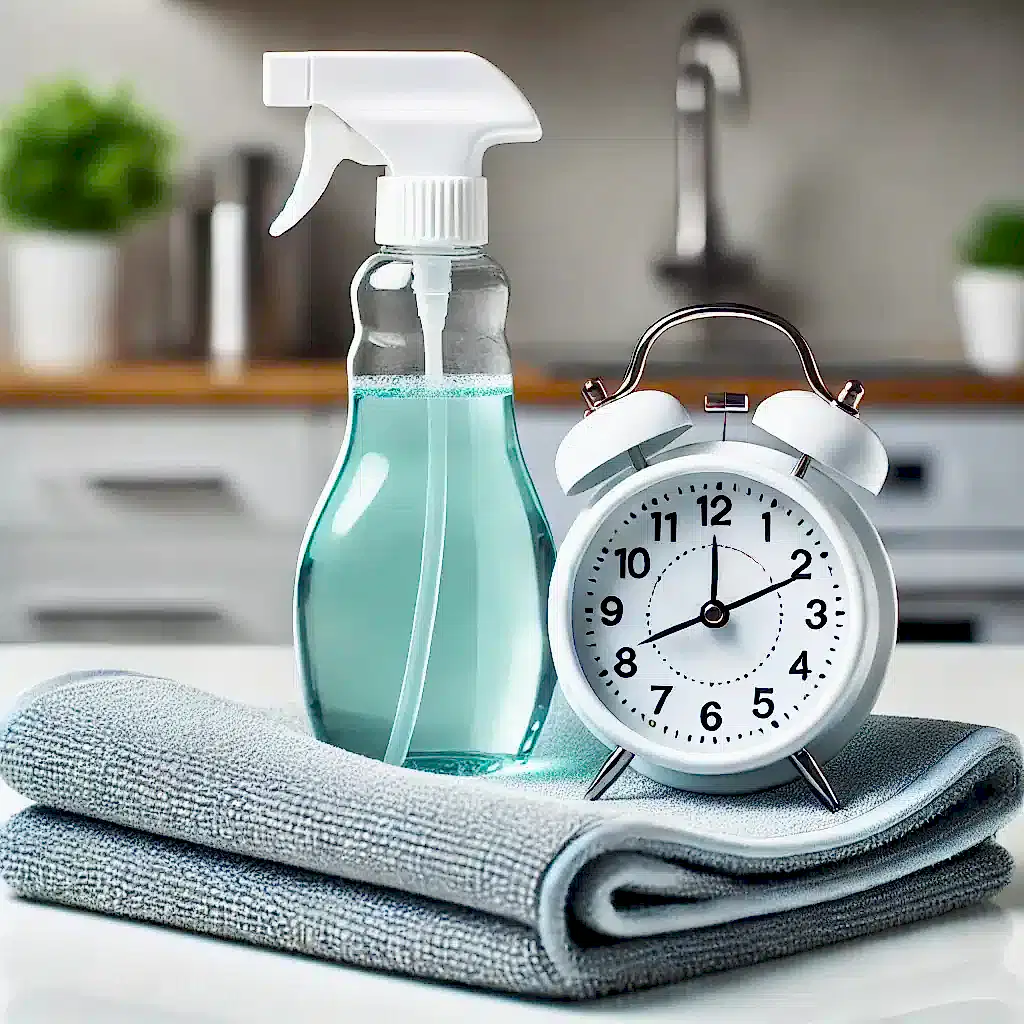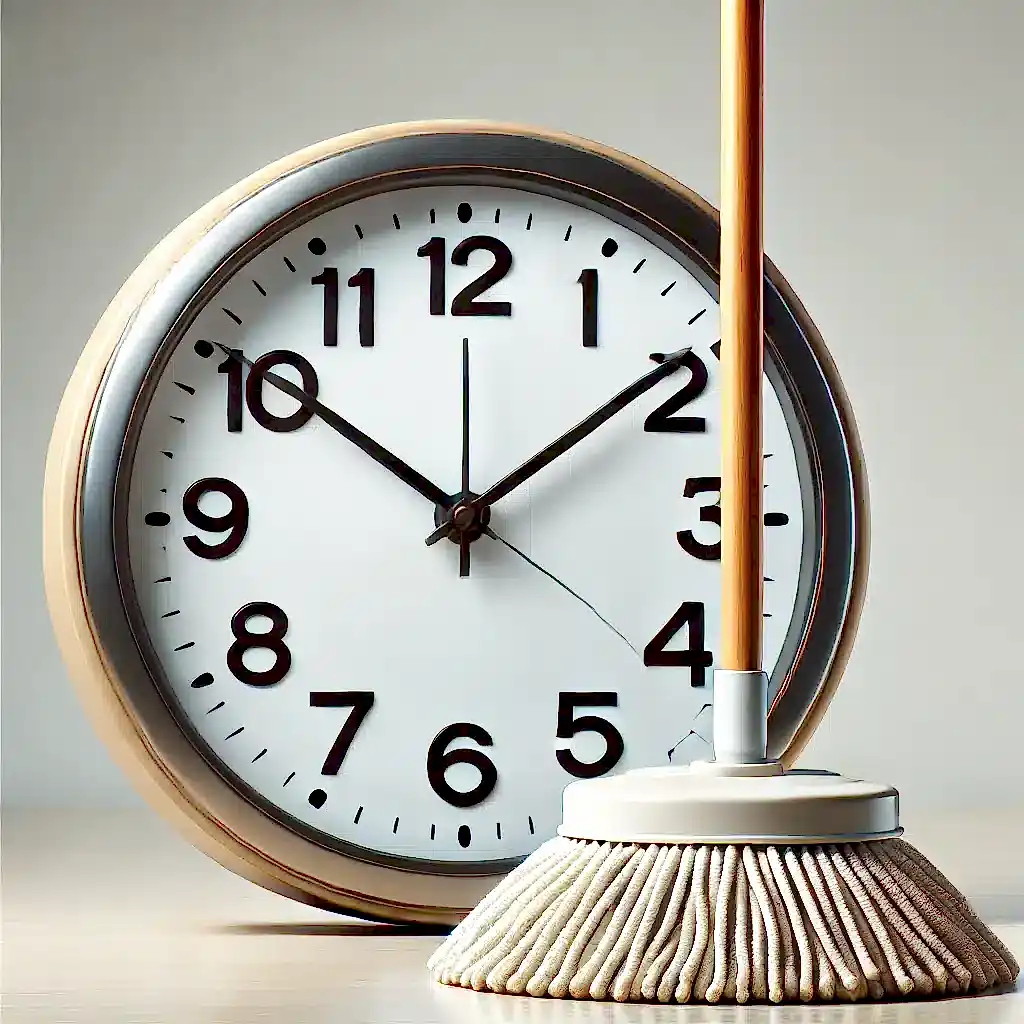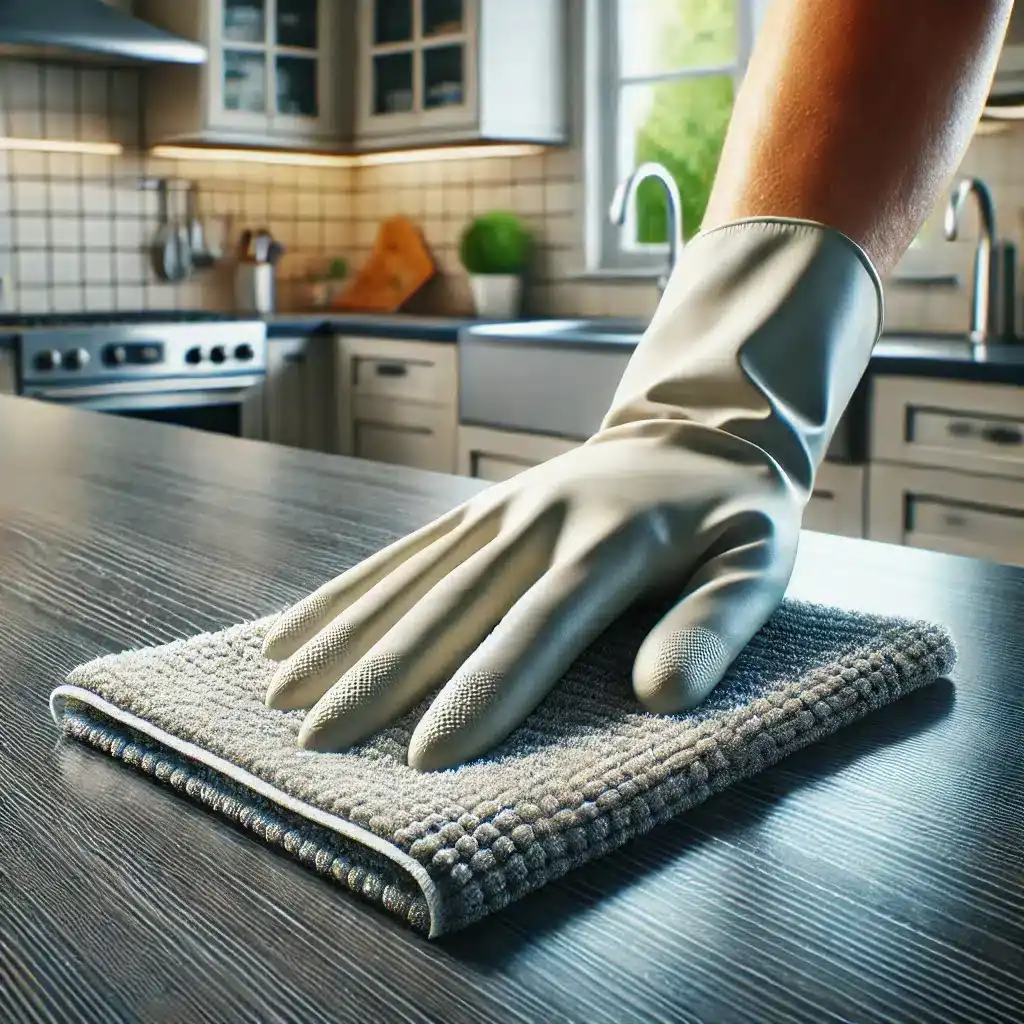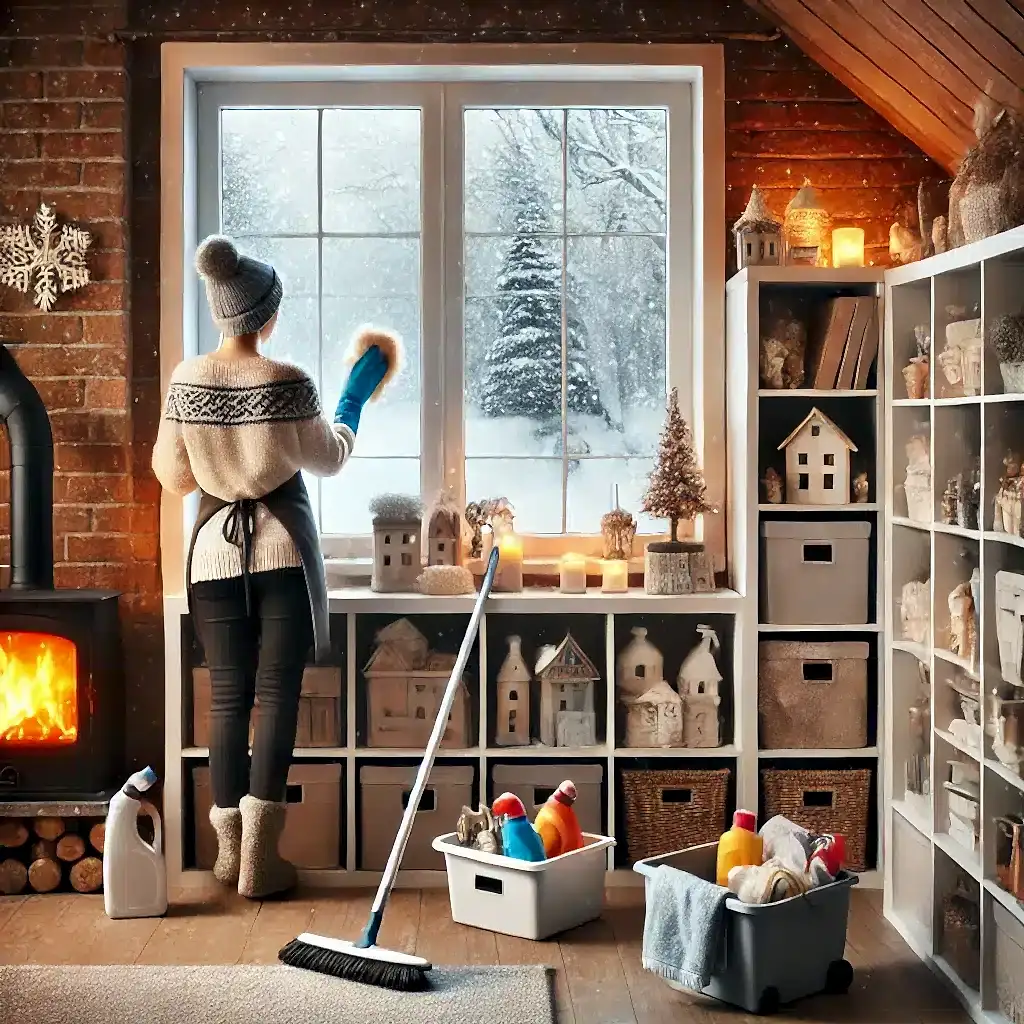Quick and Simple Faux Wood Floor Cleaning Routine for Busy Homes
Keeping your faux wood floors clean doesn’t have to be a challenge, even in a busy home. With the right faux wood floor cleaning routine, you can maintain a spotless, streak-free look with minimal effort. Since faux wood flooring is designed to be low-maintenance, all it takes is a few simple steps to keep it looking fresh and polished. Whether you have faux wood laminate flooring, vinyl plank floors, or engineered wood, this quick and effective routine will help you clean your floors properly while preventing damage. Follow these steps for the best faux wood floor cleaning results. 1. Daily Dusting to Prevent Build-Up One of the easiest ways to maintain faux wood floors is by removing dust and dirt daily. Even though faux wood flooring is durable, dirt and small particles can scratch the surface over time, making it look dull. A simple daily faux wood floor cleaning routine prevents buildup and keeps your floors looking like new. Use a microfiber mop or a vacuum with a hard floor setting to remove dust efficiently. A microfiber mop traps dirt without causing scratches, while a vacuum can get into corners and edges where dirt tends to collect. If using a vacuum, make sure it doesn’t have a beater bar, as this can damage faux wood floors. For households with pets or children, consider dusting twice a day in high-traffic areas. This quick step will save you from deeper cleaning later and help your faux wood flooring maintain its shine. 2. Weekly Mopping for a Deeper Clean While dusting removes surface dirt, your faux wood floors still need a proper faux wood floor cleaning session at least once a week. Mopping helps remove grime, spills, and footprints that can make your floors look dull over time. The best method is to use a damp microfiber mop and a pH-neutral cleaner designed for faux wood flooring. Avoid excess water, as too much moisture can seep into the material and cause damage. Spray a small amount of faux wood floor cleaner onto the surface and mop in sections for a streak-free finish. If you want to add extra shine to your faux wood flooring, buff it with a dry microfiber cloth after mopping. This prevents water streaks and keeps the floors looking polished. Always avoid steam mops and harsh chemicals, as they can wear down the protective coating of faux wood floors. 3. Spot Clean Spills Immediately Spills are unavoidable, but how you handle them makes all the difference. Since faux wood flooring is water-resistant but not waterproof, leaving spills unattended can lead to stains or warping. Proper faux wood floor cleaning means acting fast when messes happen. For small spills, use a soft cloth or paper towel to soak up the liquid immediately. Follow up with a slightly damp microfiber cloth to clean any residue. For sticky spills, a mild faux wood floor cleaner can help break down the mess without harming the surface. If you notice scuff marks or tough stains, a melamine sponge (like a Magic Eraser) can be gently used to remove them. Just be careful not to scrub too hard, as this can wear down the finish of your faux wood floors. Keeping a quick-clean kit handy will make spot cleaning easier and prevent stains from setting in. 4. Protect Floors from Scratches A good faux wood floor cleaning routine isn’t just about cleaning—it’s also about prevention. Scratches and scuff marks can make even the cleanest floors look worn out. Taking a few extra steps to protect your faux wood flooring will help maintain its beauty for years to come. One of the easiest ways to prevent scratches is by using felt pads under furniture legs, especially chairs and tables that get moved frequently. If you have rolling office chairs, consider placing a protective floor mat underneath to reduce wear and tear. Another great tip is to use area rugs or runners in high-traffic areas. This not only adds style to your home but also protects faux wood floors from excessive foot traffic. Lastly, encourage a no-shoes policy to keep dirt and debris from being tracked inside, reducing the risk of scratches and scuff marks. 5. Monthly Deep Clean for Extra Shine While daily dusting and weekly mopping are enough for most homes, a monthly deep faux wood floor cleaning session will help remove stubborn grime and restore the shine. This is especially important in busy households with pets, kids, or frequent guests. For a deep clean, use a high-quality faux wood floor cleaner and a soft mop to thoroughly clean every part of the floor, including corners and baseboards. If your faux wood flooring looks dull, you can use a faux wood polish to bring back its natural shine—just make sure it’s safe for your specific flooring type. Avoid wax-based products, as these can create a residue buildup. Also, stay away from excessive water or steam mops, as they can damage the protective coating of faux wood floors. By using the right products and techniques, you can maintain the beauty of your floors without causing long-term damage. Final Thoughts Keeping your faux wood floors clean doesn’t have to be difficult, even in a busy home. By following a simple faux wood floor cleaning routine—daily dusting, weekly mopping, and monthly deep cleaning—you can maintain a polished, streak-free floor with minimal effort. If you’re short on time or need professional help, Toronto Shine Cleaning is here to make your life easier. Our expert cleaners specialize in faux wood floor cleaning and deep home cleaning, ensuring your floors stay spotless without the hassle. Contact us today and let our team handle the cleaning while you enjoy a fresh, sparkling home!
Quick and Simple Faux Wood Floor Cleaning Routine for Busy Homes Read More »
